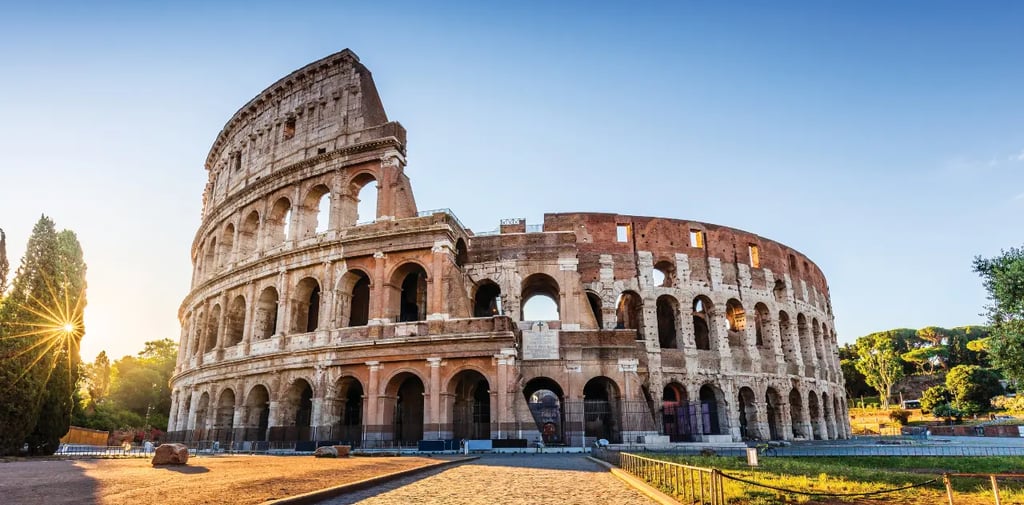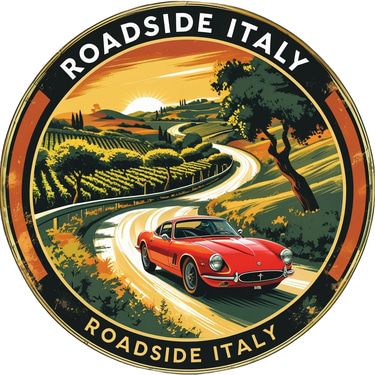The Four Roman Pastas: A Love Story in Pecorino and Pepper
From gricia to carbonara, Rome’s pasta royalty share humble roots, bold flavors, and a fierce local pride that turns every bite into history.
FOODLAZIO


What links amatriciana, cacio e pepe, gricia, and carbonara? It's not just Pecorino Romano or perfectly al dente pasta. It’s the tale of shepherds, markets, and kitchens that turned humble, everyday ingredients into celebrated global classics.
The Story:
It began with the shepherds of the Roman countryside and the Apennines, who carried dried pasta, aged Pecorino, and black pepper during long stints away from home. From this came gricia, regarded as the “ancestor” of the others: pasta, Pecorino, black pepper, and guanciale—with no tomato at all.
When tomatoes arrived in Italy and entered kitchens in the 18th century, gricia gained color and became amatriciana, born in the town of Amatrice but adopted and popularized in Rome.
Then there’s cacio e pepe, the most minimalist of the four, where the challenge lies in creating a creamy blend of cheese and pasta water.
Finally comes carbonara, the newest and perhaps most debated. The most widely accepted theory connects it to the post–World War II period, when Roman cooks mixed guanciale and Pecorino with powdered eggs from American soldiers to create a rich, silky sauce.
Cultural Significance:
These four dishes are more than recipes—they are the heart of Rome on a plate. Each tells a different chapter of history, but all reflect the essence of Roman cooking: simple ingredients, bold flavors, and no waste. For Romans, mastering these pastas is almost a civic duty, and their authentic versions are fiercely guarded against “foreign” adaptations that add cream, bacon, or other unorthodox elements.
Traces Today:
In Rome, trattorias like Da Enzo al 29, Armando al Pantheon, and Felice a Testaccio are devoted to these dishes. Festivals and themed food weeks celebrate them regularly, while online, passionate debates rage about the “true” carbonara recipe or the ideal amount of pepper in cacio e pepe.
Conclusion:
The four Roman pasta dishes are like a family—each with its own personality, yet united by a shared soul of Pecorino, pepper, and passion. Tasting all four is more than a pleasure; it’s a journey through Rome’s history, from the shepherds’ pastures to the cobbled streets of Trastevere.
